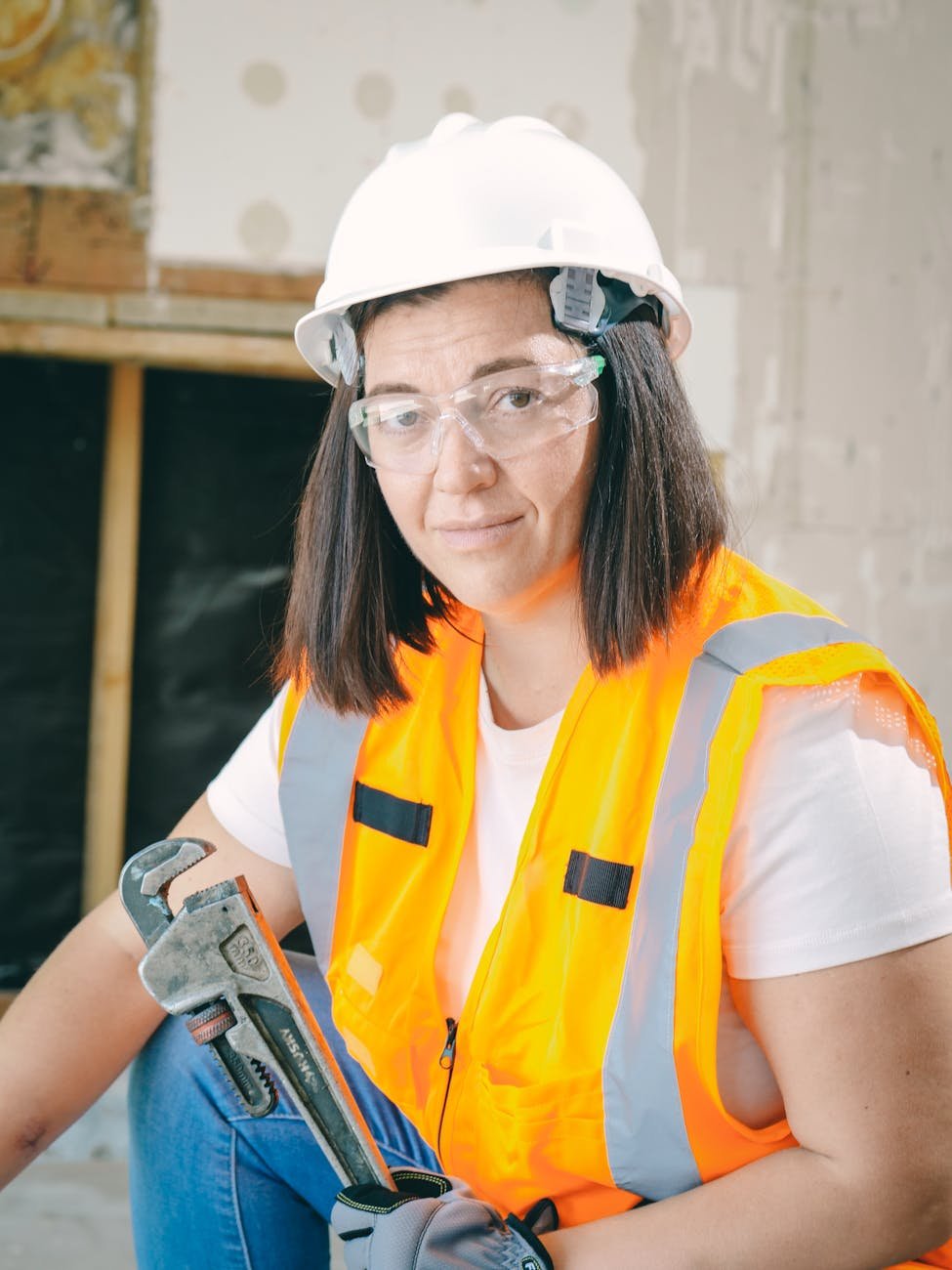
PPE Safety HSE Training: Your Last Line of Defense
Good morning team!
Thank you all for joining today’s HSE training session. Today, we’re going to talk about something that often gets overlooked but can save lives every single day — Personal Protective Equipment, or PPE.
This session is titled “PPE Safety – Your Last Line of Defense”, because that’s exactly what PPE is. When all other safety measures fall short, it’s your PPE that stands between you and harm.
Objectives of the Training
By the end of today’s session, you’ll be able to:
- Understand why PPE is critical for your safety,
- Identify different types of PPE and when to use them,
- Learn how to properly wear and care for PPE,
- And recognize what your responsibilities are when it comes to PPE.
What is PPE?
So, what is PPE exactly?
PPE stands for Personal Protective Equipment. These are items you wear to reduce exposure to hazards that can cause serious injuries or illnesses. Things like helmets, gloves, goggles, respirators — even your safety boots.
It’s important to remember: PPE does not eliminate hazards. It just reduces the risk — and only if you wear it properly.
The Hierarchy of Controls
Before we rely on PPE, we should always try to eliminate or reduce the hazard first. That brings us to the Hierarchy of Controls:
- Elimination
- Substitution
- Engineering Controls
- Administrative Controls
- PPE – The Last Line of Defense
We only use PPE after trying all other methods. That’s why it’s the last line of defense.
Why PPE Matters
Let me ask you something — would you walk into a fire without a fire suit? No way, right?
PPE protects you from things like chemical burns, flying debris, falling objects, and toxic fumes. It helps keep you healthy, safe, and alive. Plus, wearing your PPE shows you’re serious about safety — and that’s the culture we want here.
Types of PPE
Now, let’s go over the main categories of PPE:
- Head Protection: Hard hats
- Eye & Face: Safety goggles, face shields
- Hearing Protection: Earplugs, earmuffs
- Respiratory: Dust masks, respirators
- Hand: Cut-resistant gloves, chemical-resistant gloves
- Foot: Steel-toe boots, anti-slip shoes
- Body: Coveralls, high-visibility vests
- Fall Protection: Harnesses, lanyards
You need to wear the right PPE for the right job — and we’ll go over how to choose it correctly.
Correct Use of PPE
Here’s the deal — PPE only works if you use it properly.
- Always inspect your PPE before use.
- Make sure it fits you well — too loose or too tight is dangerous.
- Wear it the whole time you’re in the hazard area.
- If something’s broken or uncomfortable — report it.
Maintenance and Storage
Taking care of your PPE is just as important as wearing it.
- Clean your PPE regularly — especially respirators and goggles.
- Store it in a clean, dry place — not thrown in the back of a truck.
- Replace it if it’s damaged or expired.
- Always follow the manufacturer’s care instructions.
Limitations of PPE
Let’s be honest — PPE has its limits.
- It won’t remove the hazard — just protects you from it.
- If worn wrong, it won’t help at all.
- Some PPE can be uncomfortable — but that’s not an excuse to skip it.
- That’s why we never rely on PPE alone — it’s part of a bigger system.
Responsibilities
We each have a role in safety:
- Employers must provide the right PPE and training.
- Supervisors must ensure it’s used correctly.
- YOU, as a worker, must wear it and take care of it.
If you see a hazard or damaged PPE, speak up. Safety is a team effort.
Real-Life Case Study
Let me share a real case.
A worker was using a grinder without a face shield. A metal shard flew into his eye. It caused permanent damage.
Same task, different worker — this time wearing a face shield. The shard bounced off. No injury.
One piece of equipment made the difference.
Key Takeaways
If you remember anything from today, remember this:
- PPE is your last line of defense.
- It’s only effective when used properly.
- You are responsible for your own safety.
- Protect yourself — every shift, every job.
Quiz or Q&A
Alright team — let’s test our knowledge!
Question: What PPE is absolutely required when working at heights?
(Wait for answers — encourage participation.)
Great job! Now, any questions or anything you’d like to go over again?
Thank You
Thanks for being here and taking safety seriously.
Let’s commit to wearing our PPE and watching out for one another.
Remember: “Stay Safe. Stay Alert. Use PPE!”
You can also check out more tips and videos on my YouTube channel — HSE STUDY GUIDE.
Electrical Safety HSE Training